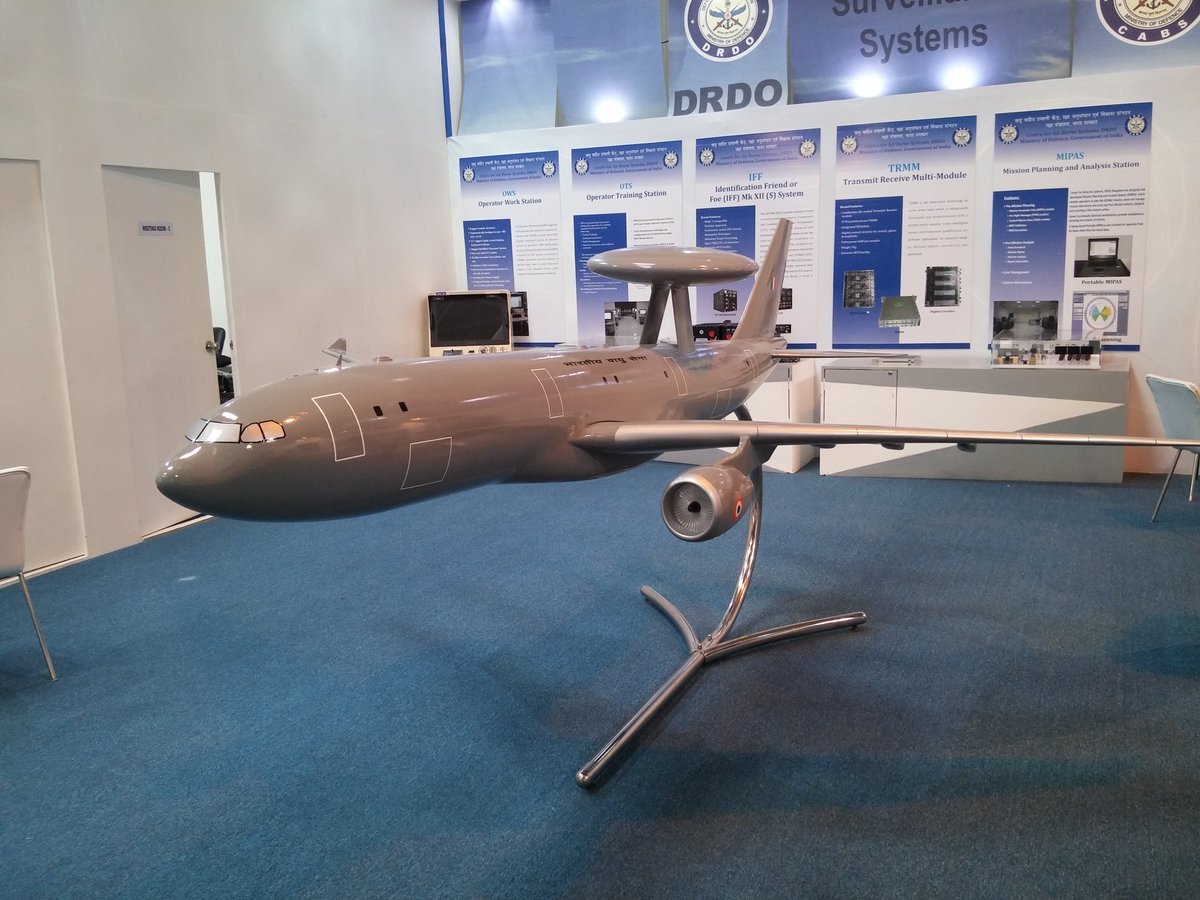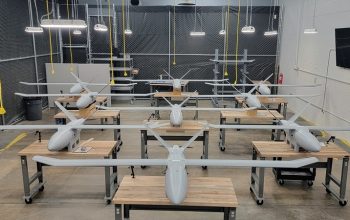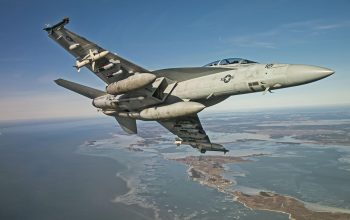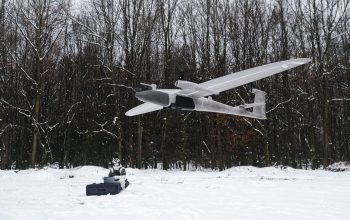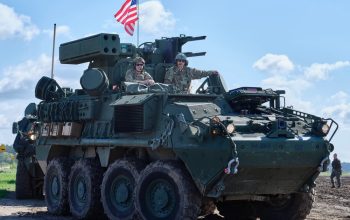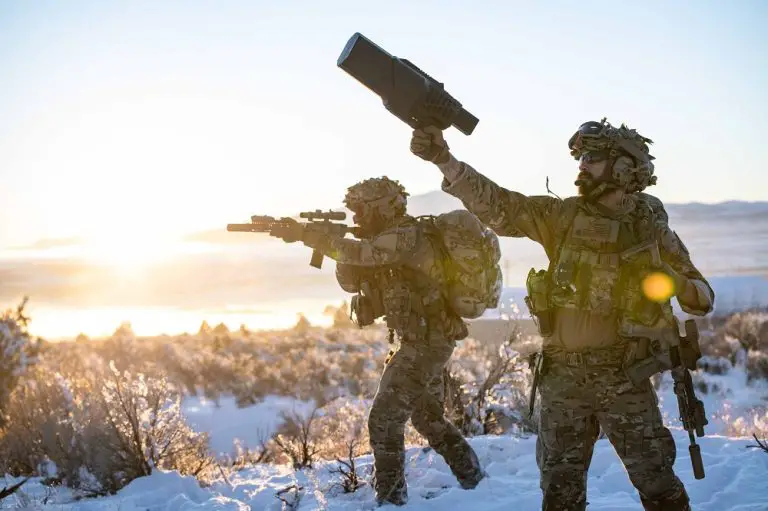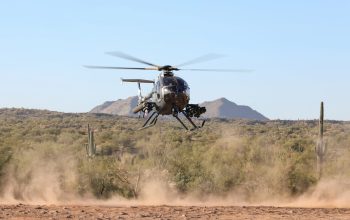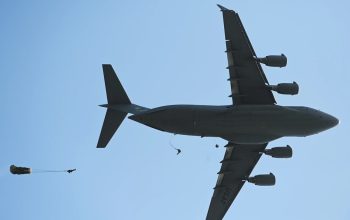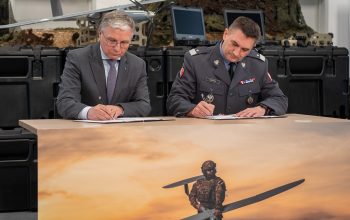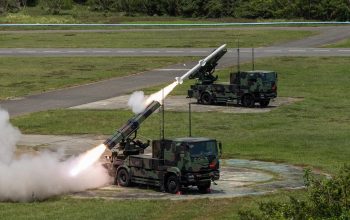India plans to launch a major Rs 10,500 crore project to indigenously develop six airborne warning and control system (AWACS) aircraft, which entails mounting indigenous 360-degree coverage AESA (active electronically scanned array) radars on six aircraft acquired from Air India. The new project, which will involve cost-sharing between the Indian Air Force (IAF) and India’s Defence Research and Development Organisation (DRDO) is actually a recast of an earlier plan to mount the indigenous AESA radar on two new Airbus A330-200 wide-body jets, which was hanging fire for the last five years. Under the new project, DRDO will acquire six smaller A-320 variants from the existing Air India fleet, get the airframes modified, and then mount the radars on them.
Though the IAF needs at least 10 AWACS, repeated attempts to acquire more have not yet fructified due to the high costs involved. The long-pending IAF case for two more Israeli Phalcons mounted on Russian A-50 aircraft, worth over $1.5 billion, for instance, is yet to be cleared by the Cabinet Committee on Security. AWACS can detect incoming fighters, cruise missiles and drones much before ground-based radars, direct friendly fighters during air combat with enemy jets, and keep tabs on enemy troop build-ups and warships. Not just China, but even Pakistan is ahead of India in this arena. Pakistan has 8-10 Chinese Karakoram Eagle ZDK-03 AWACS and Swedish Saab-2000 AEW&C. China, in turn, has around 30, including Kong Jing-2000 “Mainring”, KJ-200 “Moth” and KJ-500 aircraft.
The Airbus A330-200 platform was selected in 2015 following a request for proposals from the DRDO. Boeing did not reply to the RFP. The aircraft will be fitted with an active electronically scanned array (AESA) radar housed in an external radome. The A330 platform, designated as AWACS (I), will have 11 operators, as opposed to five aboard the EMB-145. The extra space aboard the aircraft will house an auxiliary power unit (APU) and provide accommodation for additional operators. Endurance will be nine hours, compared with five for the Embraer platform. The official says that no accommodation will be made to equip AWACS (I) with the ability to be refueled in the air. Initially two aircraft will be acquired, and there will be a follow on order for four additional aircraft.
This project for six AWACS or advanced AEW&C (airborne early-warning and control) aircraft will be much more cost-effective than the earlier one of acquiring two new A-330s from the European multi-national company. DRDO has promised to deliver the six AWACS in a four-to-seven year timeframe. IAF currently has just three Israeli Phalcon AWACS, with a 400-km range and 360-degree radar coverage, and two indigenous “Netra” AEW&C aircraft. The latter have indigenous 240-degree coverage radars, with a 250-km range, fitted on smaller Brazilian Embraer-145 jets.The acute operational need for additional AWACS was felt during the Balakot strikes and the subsequent aerial skirmish with Pakistani fighters in February last year. It has been further reinforced by the ongoing military confrontation with China in eastern Ladakh.


